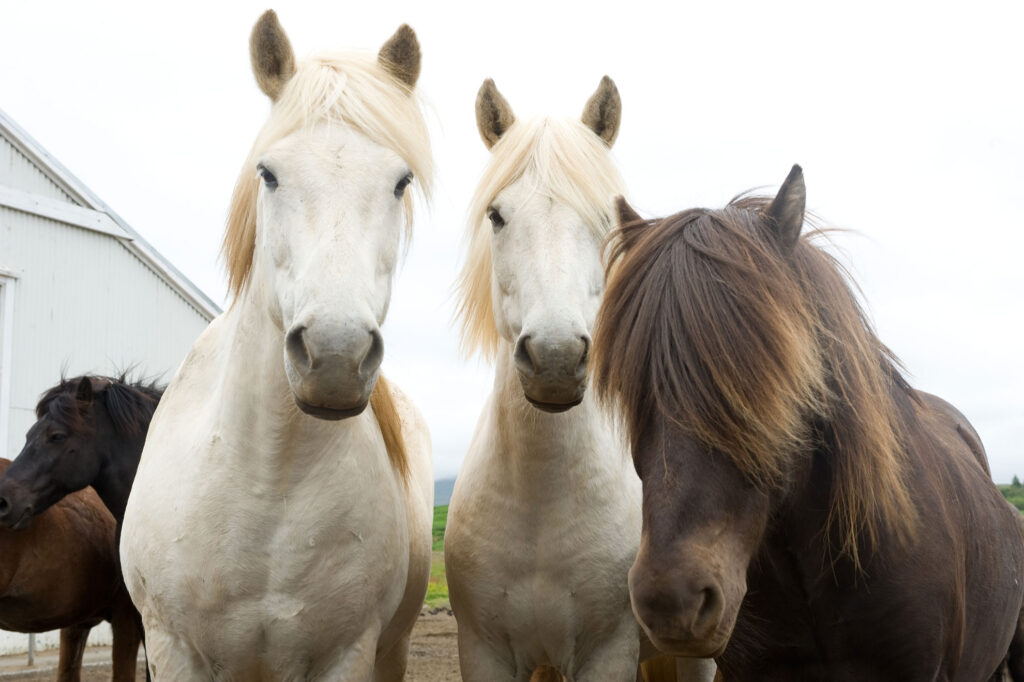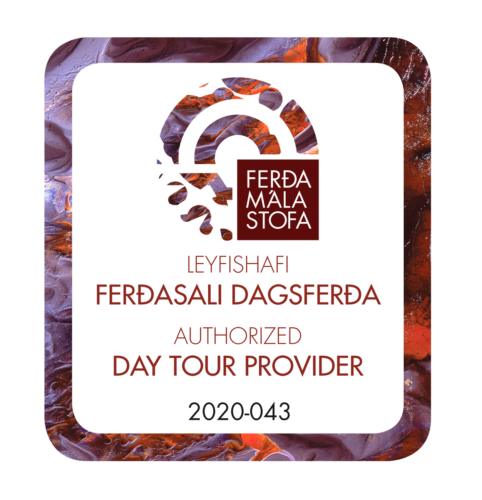Monday, November 25, 2024
Iceland is renowned for its dramatic landscapes, from towering glaciers to fiery volcanoes. But there’s another treasure that stands out in the country’s cultural and natural heritage: the Icelandic Horse.
Known for its unique characteristics, impressive strength, and deep connection to the land, the Icelandic Horse is more than just a breed; it’s a living symbol of Icelandic history and culture. If you’re visiting Iceland, a horseback ride through its rugged terrain is one of the most authentic and memorable ways to experience the country. But before you saddle up, let’s dive into what makes the Icelandic Horse so special. A horseback riding tour is the best way to experience the Icelandic horse.
1. A Horse with a Rich History
The Icelandic Horse is one of the oldest and purest horse breeds in the world, believed to have been brought to Iceland by the Vikings over 1,000 years ago. When Norse settlers arrived on the island, they brought with them sturdy, reliable horses that could withstand the harsh Icelandic climate and tough terrain. Over the centuries, the Icelandic Horse has remained isolated from other breeds, leading to a pure lineage that has maintained its distinct features and temperament.
Due to Iceland’s strict import laws, no other horses are allowed on the island. This isolation has helped preserve the breed’s genetic purity, making the Icelandic Horse one of the most ancient and unique breeds in existence today.
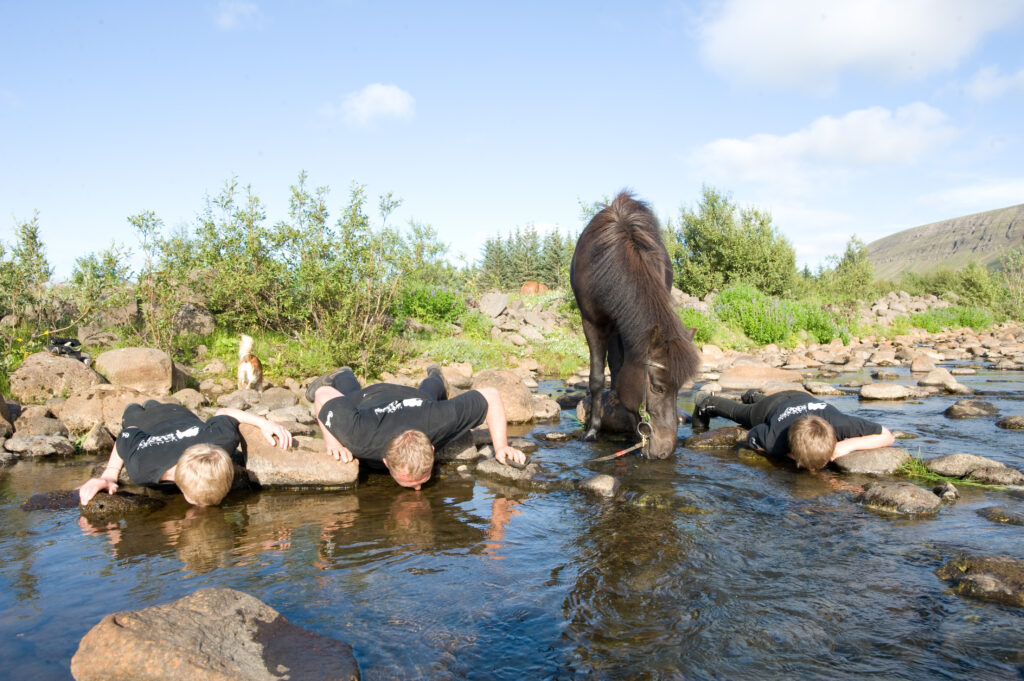
2. The Unique Characteristics of the Icelandic Horse
What makes the Icelandic Horse so distinctive isn’t just its history, but its physical and behavioral traits. Here are some key features that set them apart from other breeds:
Size and Build
Despite being small—standing between 13 to 14 hands high (around 130 to 142 cm at the withers)—Icelandic Horses are incredibly strong and sturdy. Their compact build, powerful muscles, and dense coat allow them to endure harsh conditions and traverse Iceland’s challenging terrain with ease.
Temperament
Icelandic Horses are known for their gentle and friendly nature. They are often described as intelligent, calm, and trustworthy, making them ideal for riders of all skill levels. They are also incredibly loyal to their owners, and many locals have developed close bonds with their horses, considering them family members.
The Five Gaited Horse
One of the most fascinating features of the Icelandic Horse is its ability to perform five gaits, rather than the usual three found in most horse breeds. In addition to the walk, trot, and canter, Icelandic Horses are also known for two unique gaits:
- Tölt: This is the most famous gait of the Icelandic Horse. It’s a smooth, four-beat gait that allows the rider to remain comfortable and stable, even at higher speeds. The tölt is incredibly fast and is often used by riders on rough terrain, as it offers a very smooth ride.
- Flying Pace: This is a fast, two-beat gait used by the Icelandic Horse when they need to cover ground quickly. The flying pace is incredibly fast but is only performed by a select few horses, and it requires a high level of skill from both horse and rider.
These gaits make the Icelandic Horse uniquely suited to Iceland’s rugged environment, where riders must navigate through lava fields, snow, and glaciers.
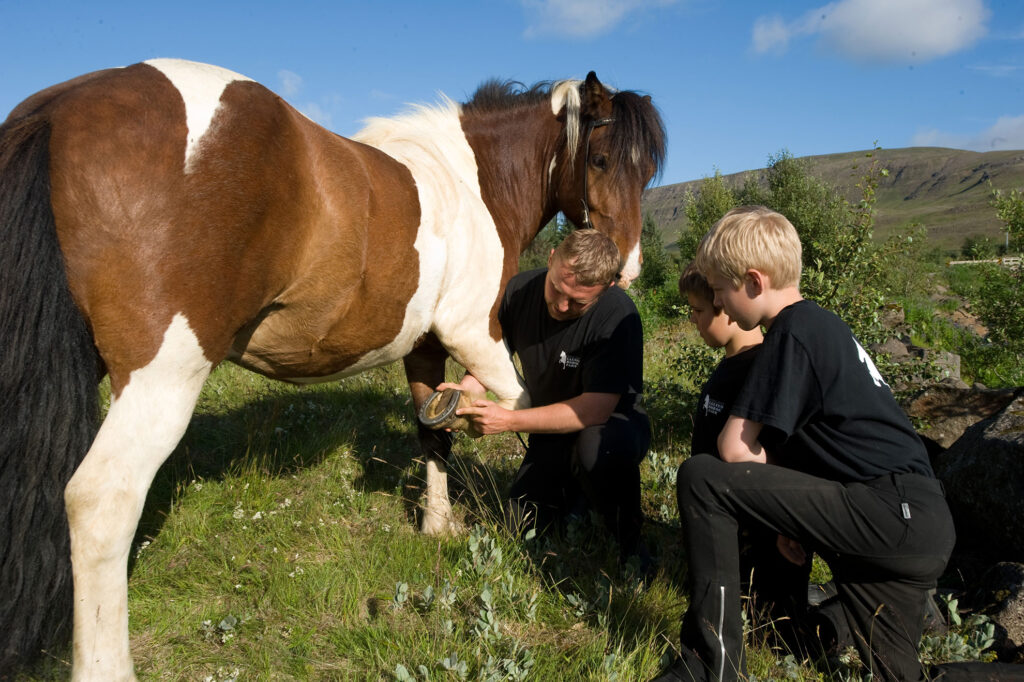
3. The Icelandic Horse in Icelandic Culture
The Icelandic Horse isn’t just a mode of transport or a working animal—it’s deeply woven into the fabric of Icelandic culture and identity.
A Key Part of Icelandic Life
For centuries, the Icelandic Horse has been central to Icelandic life. In the past, it was used for transportation, farming, and even as a herding animal for sheep and cattle. Its endurance and versatility made it indispensable in rural Iceland, where people would rely on these hardy horses to navigate difficult landscapes and harsh weather conditions.
The Horse in Icelandic Literature and Folklore
The Icelandic Horse also appears frequently in Icelandic literature, sagas, and folklore. Known for their strength and endurance, they were often depicted as noble companions in tales of Viking warriors and explorers. They are celebrated as symbols of the Icelandic spirit: rugged, enduring, and free.
In Icelandic mythology, the horse is associated with the gods, and horses feature prominently in tales of heroism and magic. The relationship between horses and humans is revered, and many Icelanders treat their horses with the utmost respect, even holding festivals to honor the bond between people and their animals.
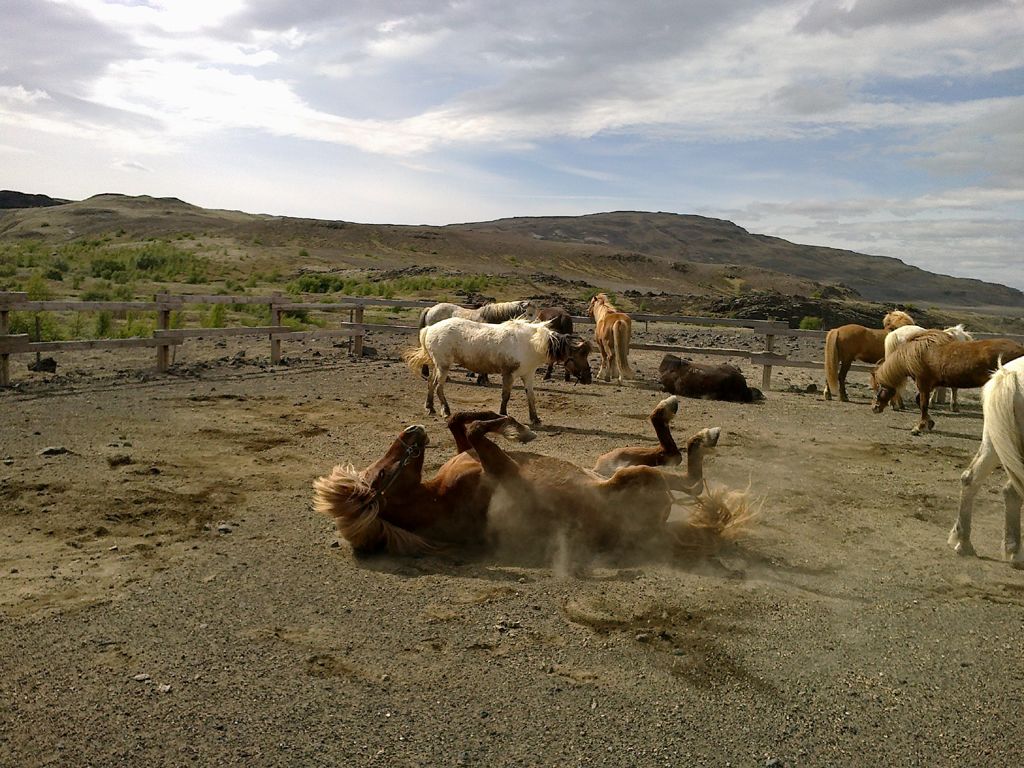
4. Horseback Riding in Iceland: A Unique Experience
For visitors to Iceland, horseback riding offers an unparalleled way to experience the country’s wild beauty. Whether you’re exploring volcanic landscapes, crossing lava fields, or riding along the stunning coastline, the Icelandic Horse is perfectly suited for Iceland’s diverse terrain.
Riding the Tölt
One of the highlights of riding an Icelandic Horse is the tölt. Riders are often amazed at how smooth and comfortable this gait is, even at high speeds. Unlike traditional trot, where riders often find themselves bouncing, the tölt feels almost like gliding. For many, it’s one of the most memorable parts of the ride.
Guided Tours and Trail Rides
Many tour companies across Iceland offer guided horseback rides, catering to both experienced riders and beginners. Whether you’re riding through the Thingvellir National Park, along the black sand beaches near Vik, or into the rugged wilderness of the Icelandic Highlands, your guide will ensure a safe and enjoyable experience. Tours often include a mix of riding gaits, and you’ll be able to explore some of the country’s most breathtaking scenery from the back of these incredible horses.
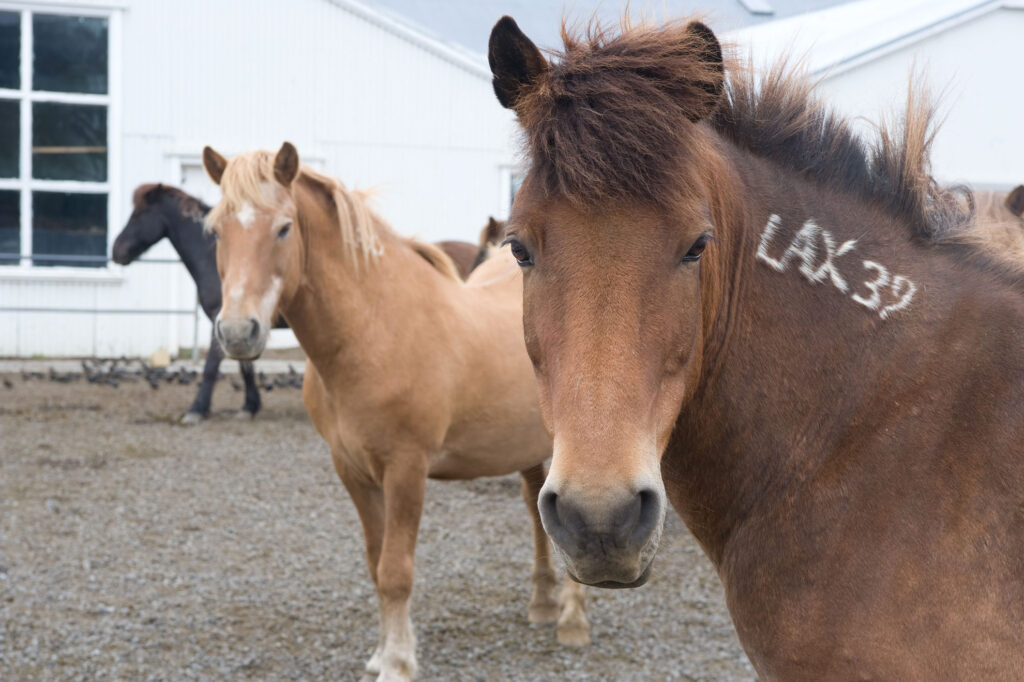
5. Responsible Breeding and Conservation
The Icelandic Horse is a national treasure, and efforts have been made to protect the breed and ensure its continued survival. Due to its isolated breeding practices and limited gene pool, there are ongoing efforts to avoid inbreeding while preserving the breed’s unique qualities.
The Icelandic government places strict regulations on breeding practices, and importation of foreign horses is forbidden. This has helped maintain the breed’s purity, but it also means that Icelandic Horses are sometimes at risk from diseases that might otherwise be managed through genetic diversity.
Fortunately, there are many Icelandic horse farms and breeders committed to maintaining the breed’s health and genetic integrity, as well as ensuring their sustainable use for tourism and agriculture.
6. Fun Facts About the Icelandic Horse
- No Crossbreeding: As mentioned, Icelandic Horses cannot be crossbred with any other horse breeds. Once an Icelandic Horse leaves the island, it cannot return. This rule has helped preserve the breed’s purity for over 1,000 years.
- Resilient in Harsh Weather: Icelandic Horses have thick, water-resistant coats that protect them from the island’s cold, windy weather. Even in winter, they remain comfortable outside, and their coats change depending on the season to keep them warm in the cold months and cool in the summer.
- Long Lifespan: Icelandic Horses tend to live long lives, with many living well into their 20s, and some even reaching their 30s. This longevity makes them a reliable companion for generations.
In Conclusion: The Icelandic Horse—A Symbol of Iceland’s Spirit
The Icelandic Horse is more than just a horse. It’s a symbol of Iceland’s rugged beauty, a living piece of history, and a testament to the country’s strong connection to its natural environment. Whether you’re riding through the wilderness or admiring these majestic creatures from afar, it’s impossible not to feel a sense of awe and respect for the Icelandic Horse.
So, if you find yourself in Iceland, make sure to saddle up and experience the land in the most authentic way possible—with the spirit of the Icelandic Horse beneath you and the wild beauty of Iceland surrounding you.
